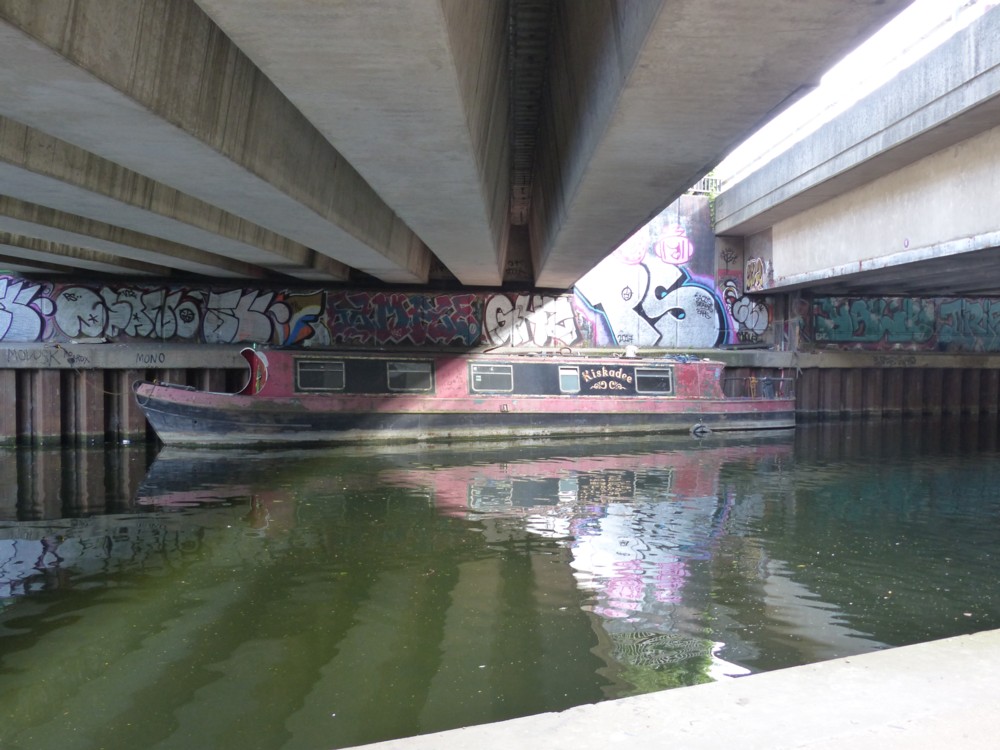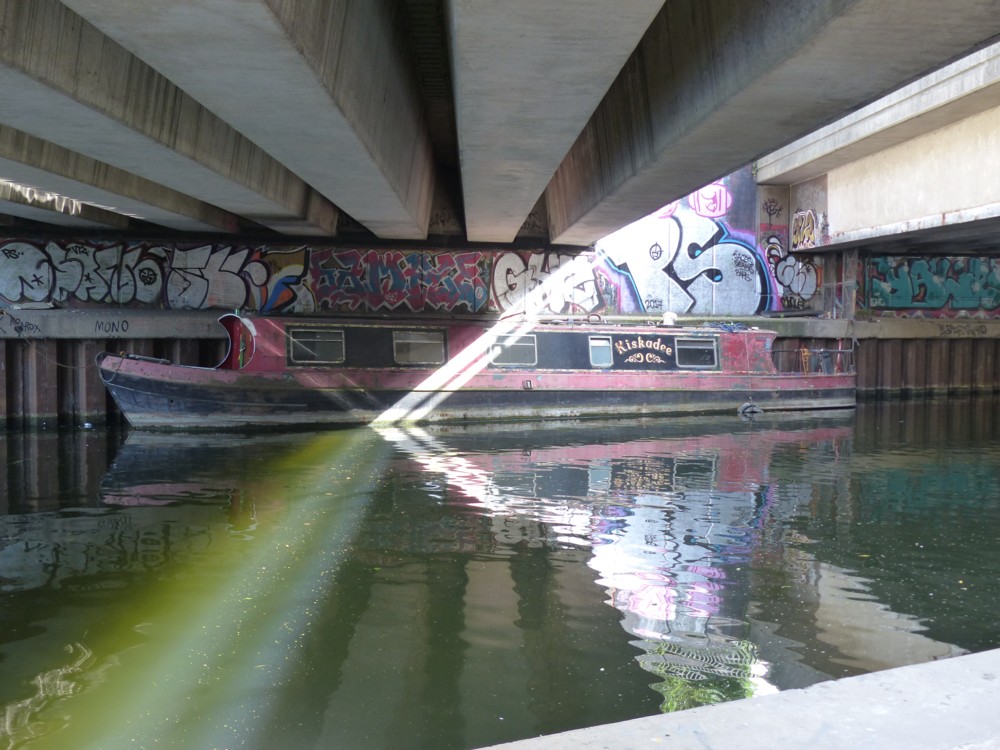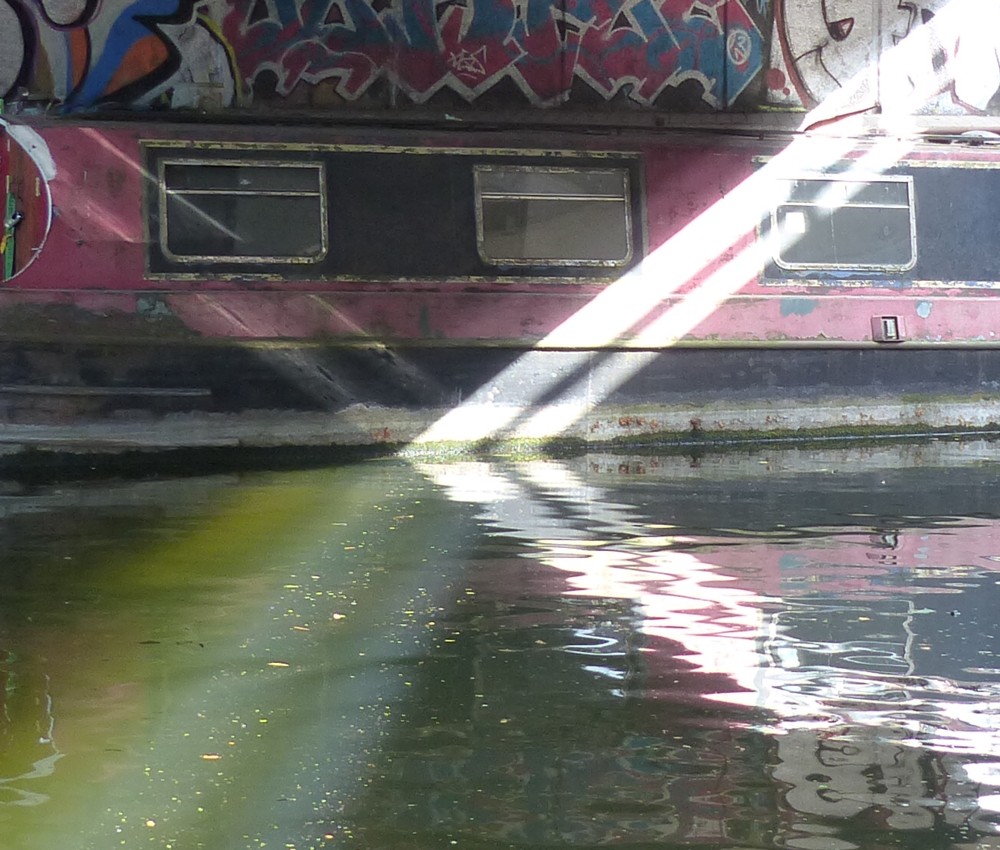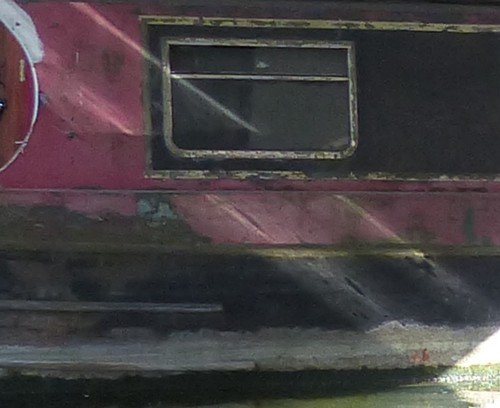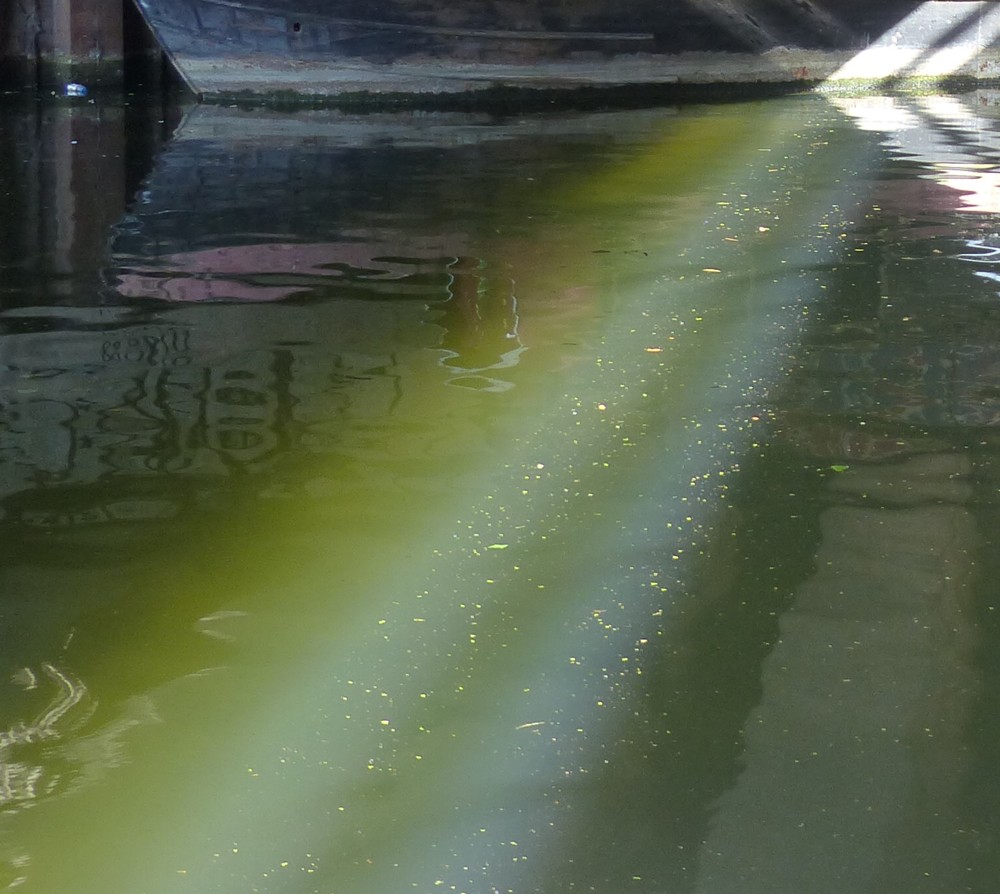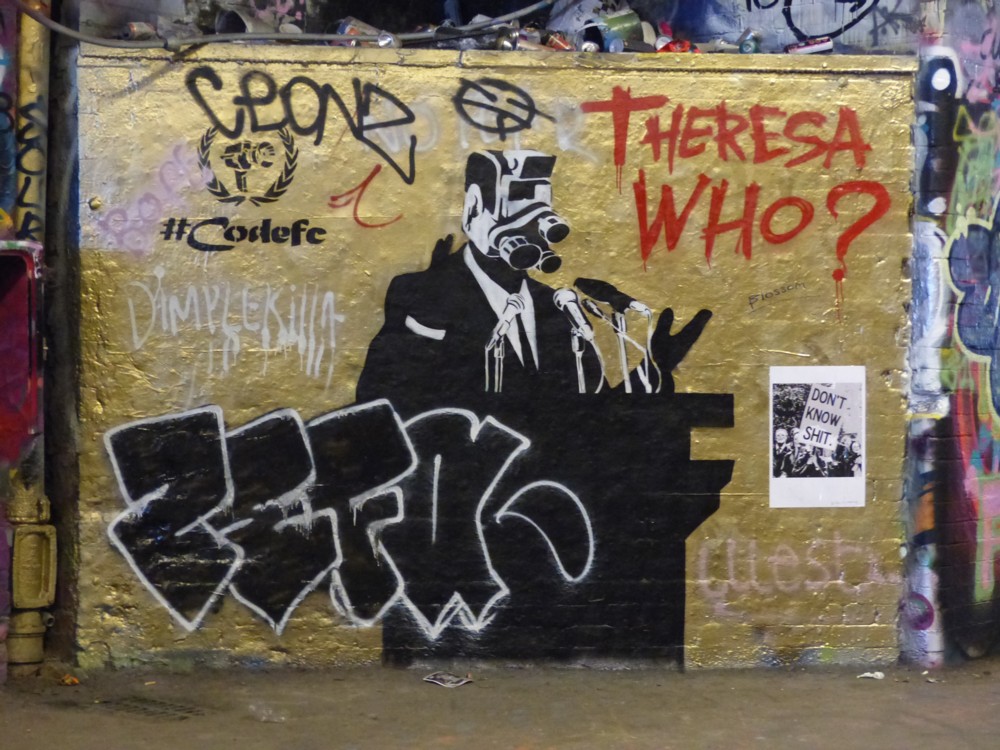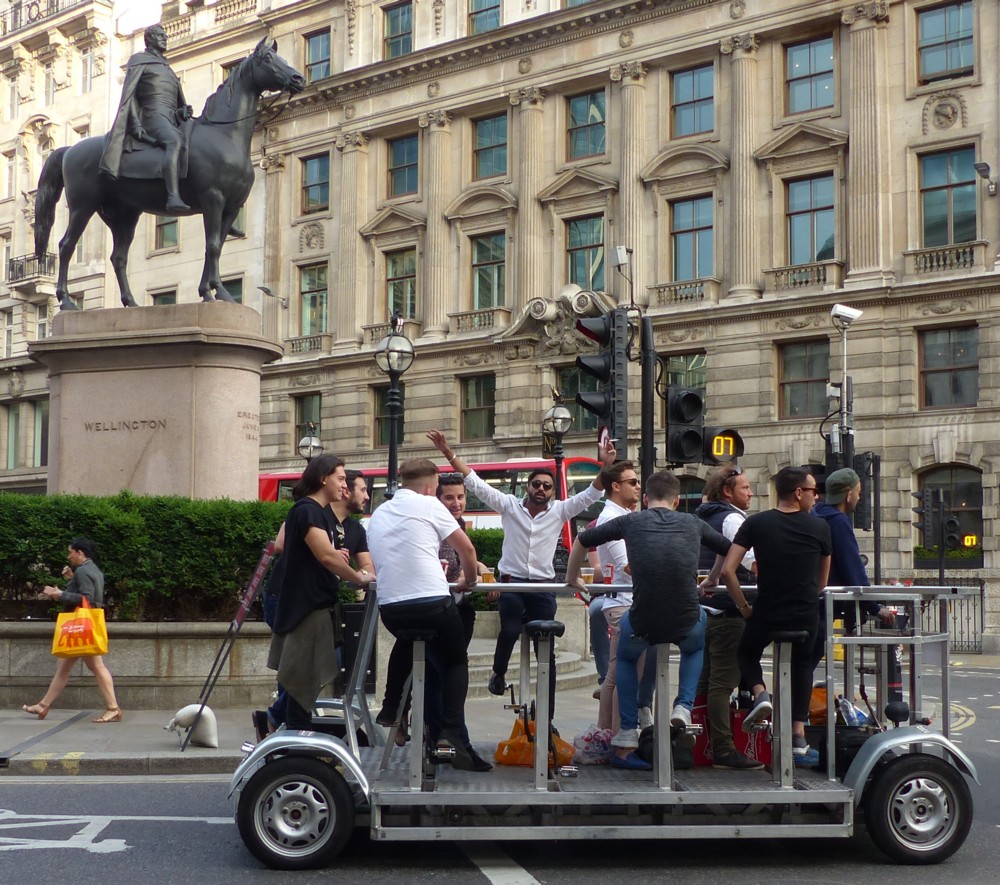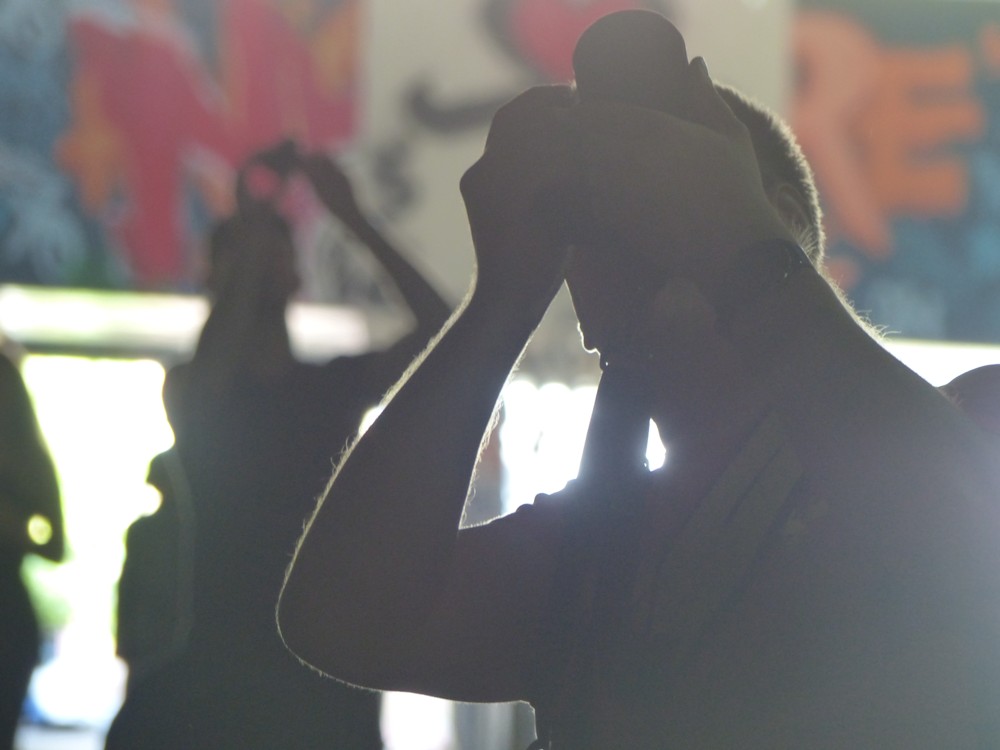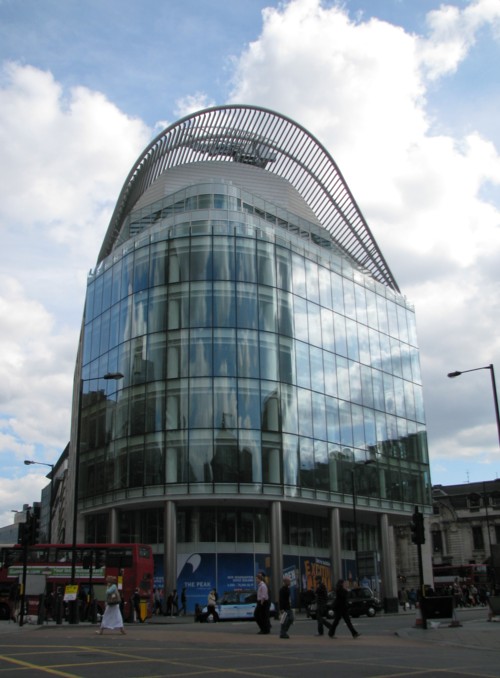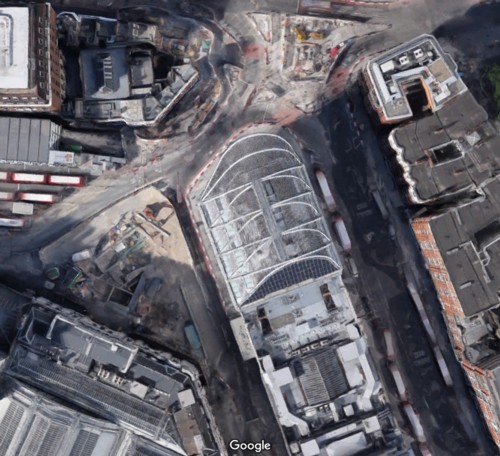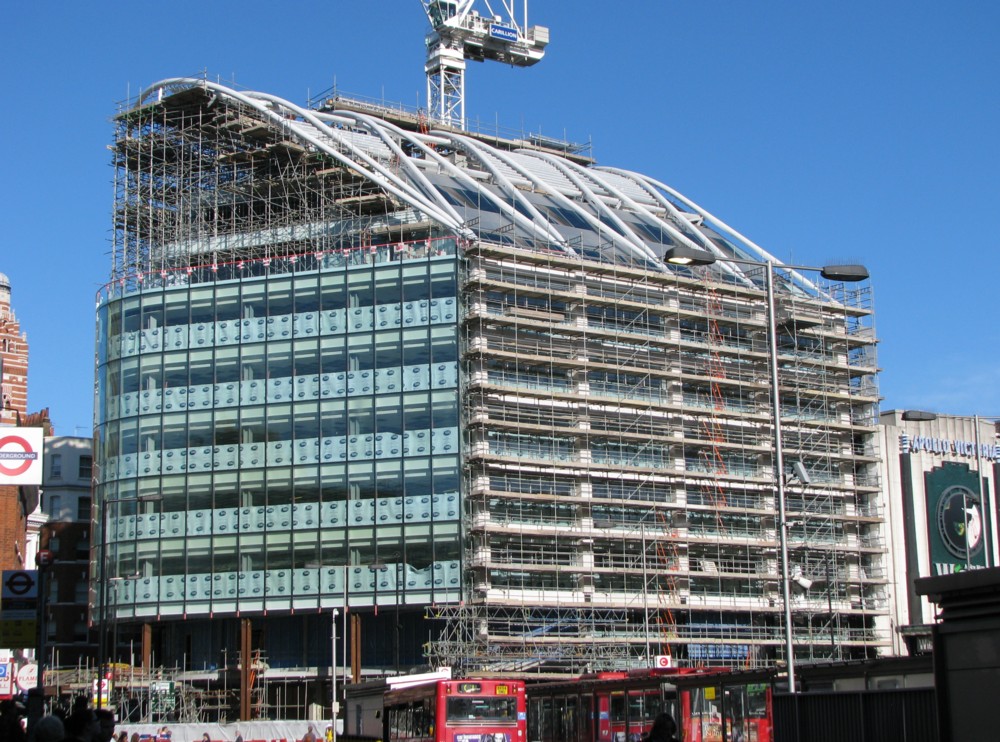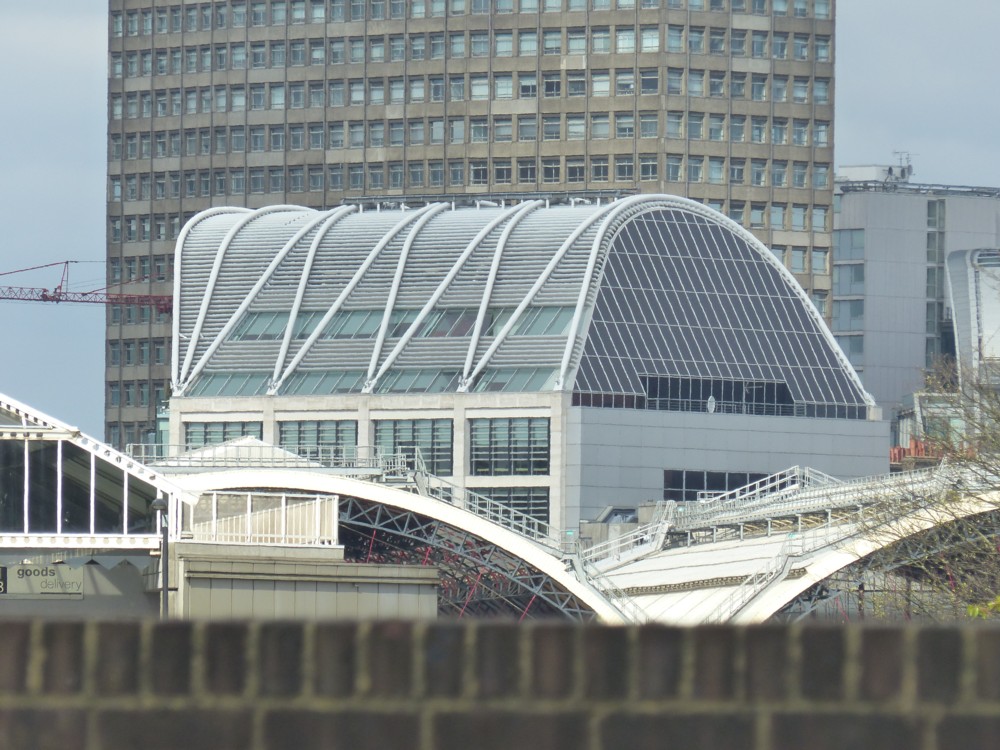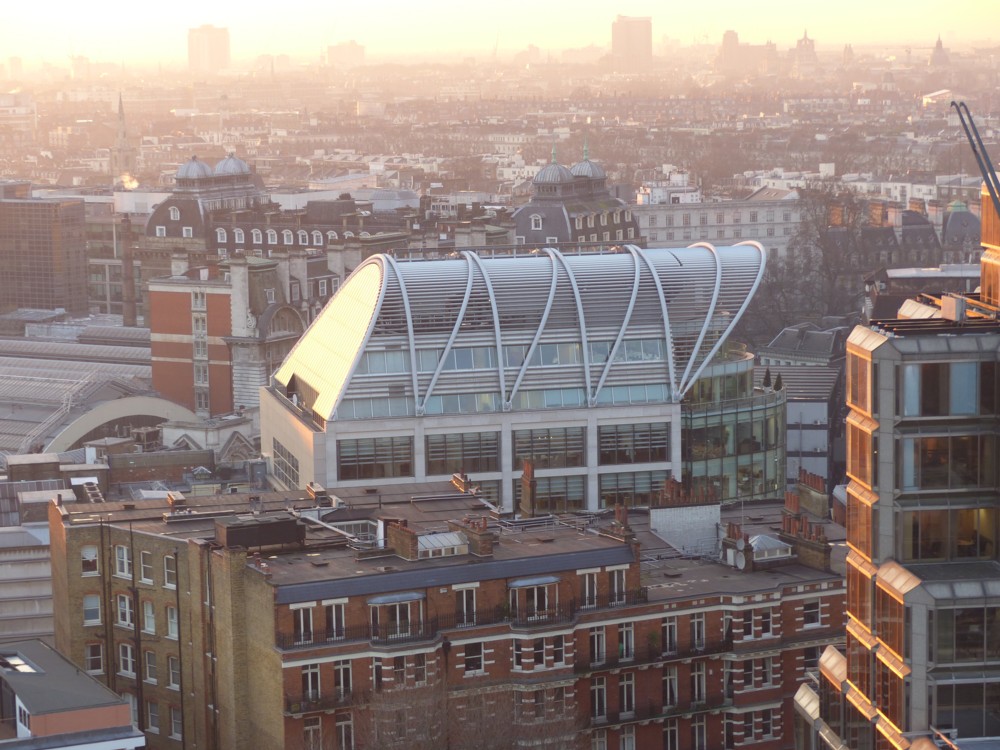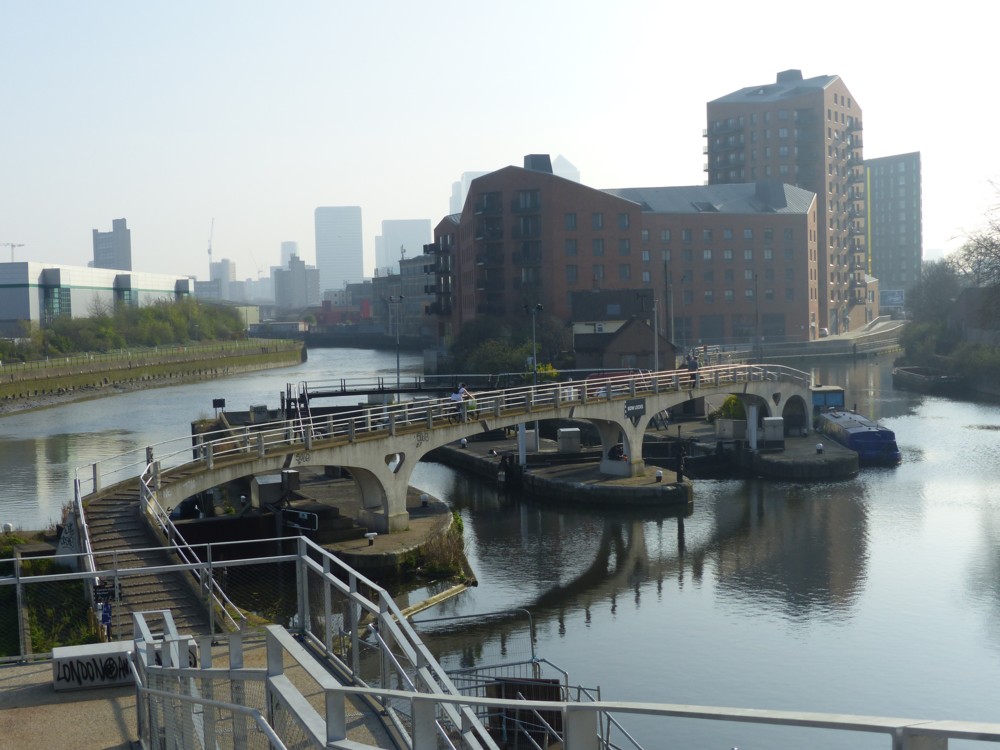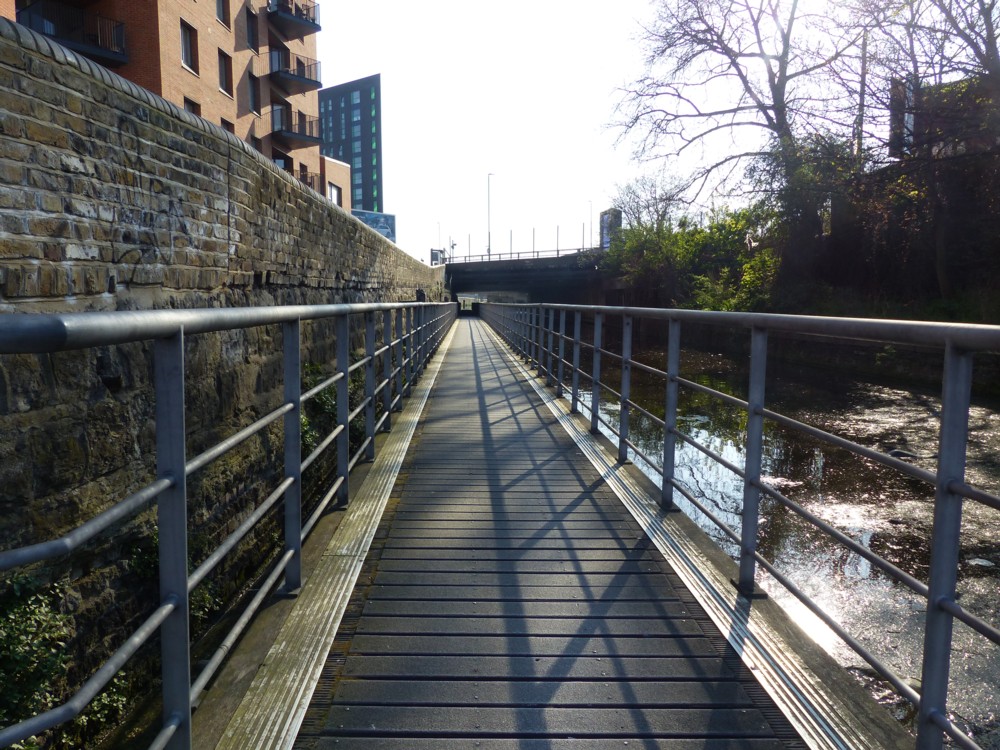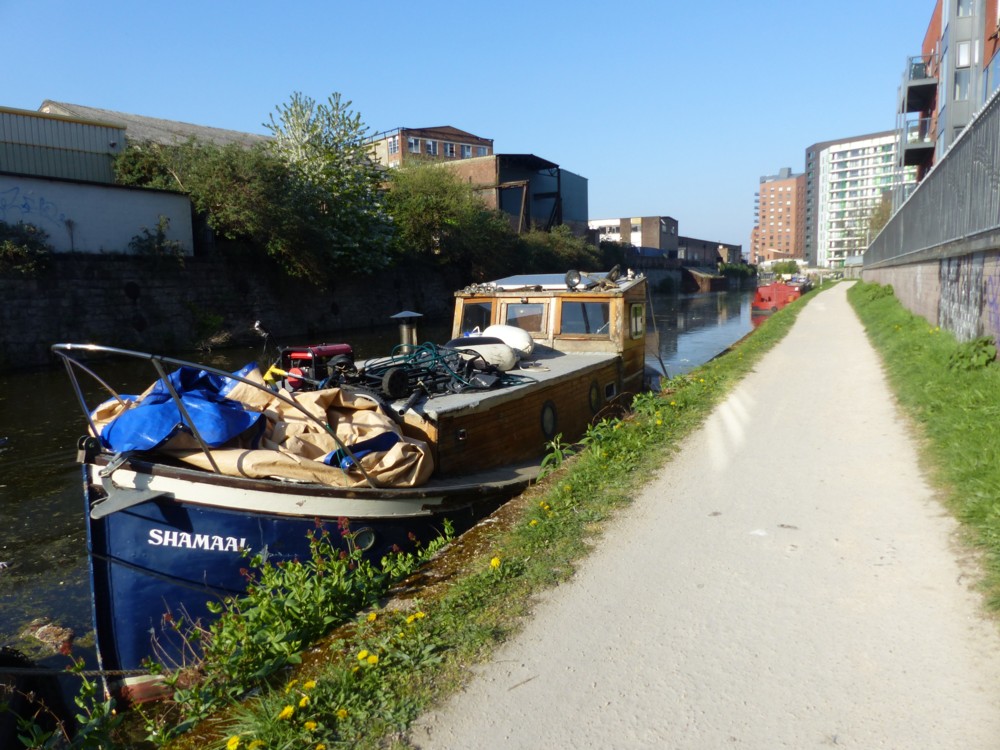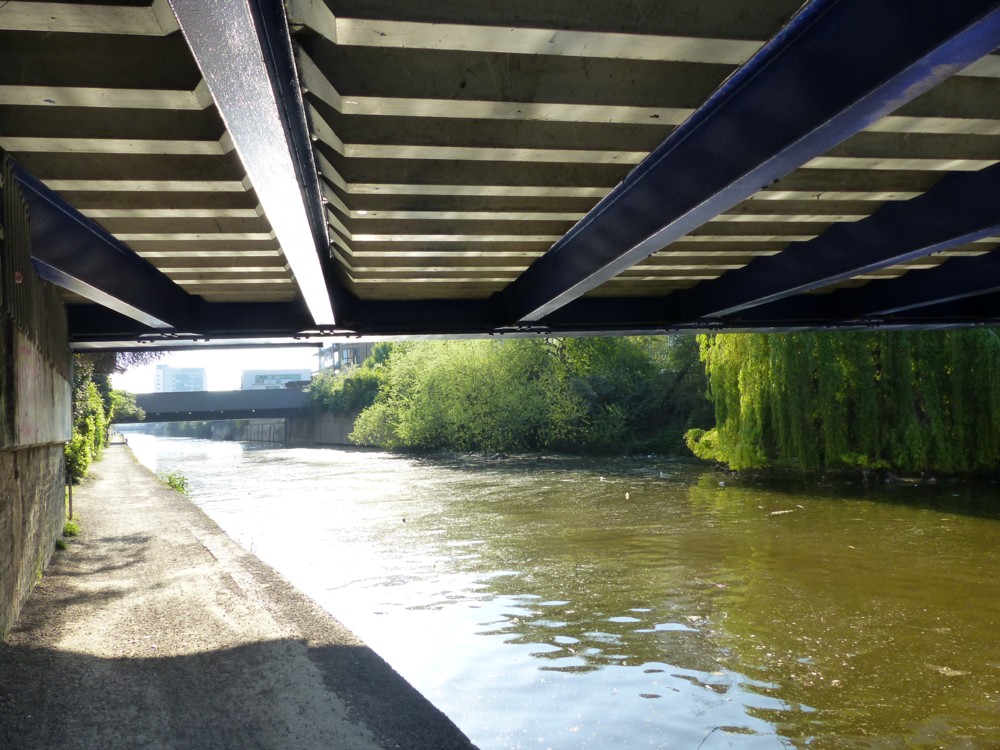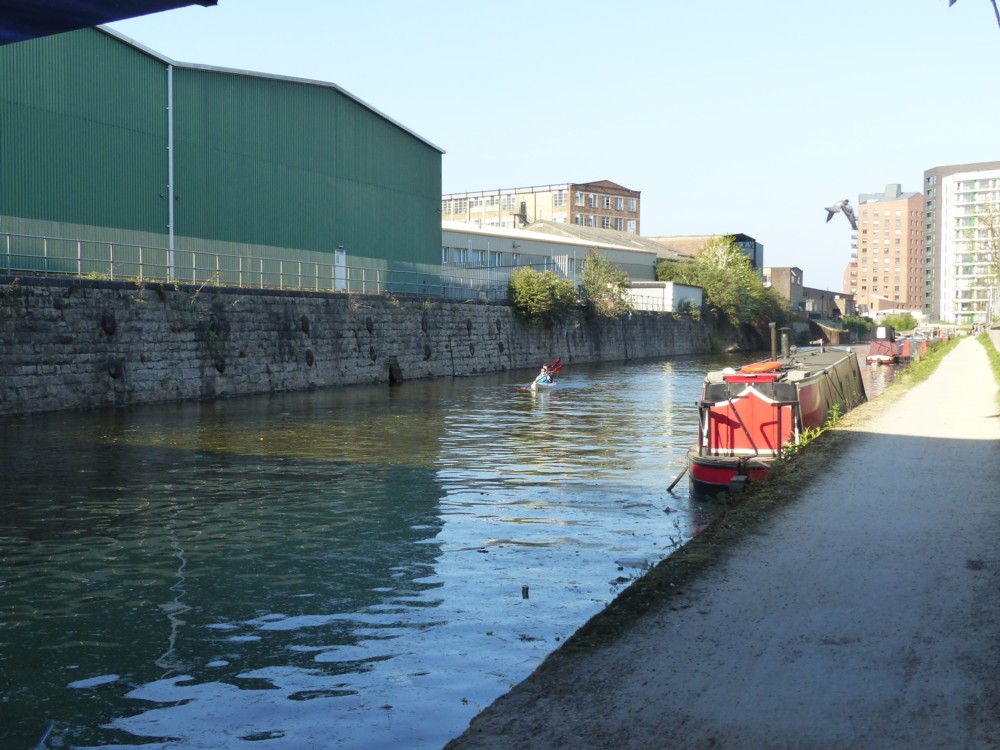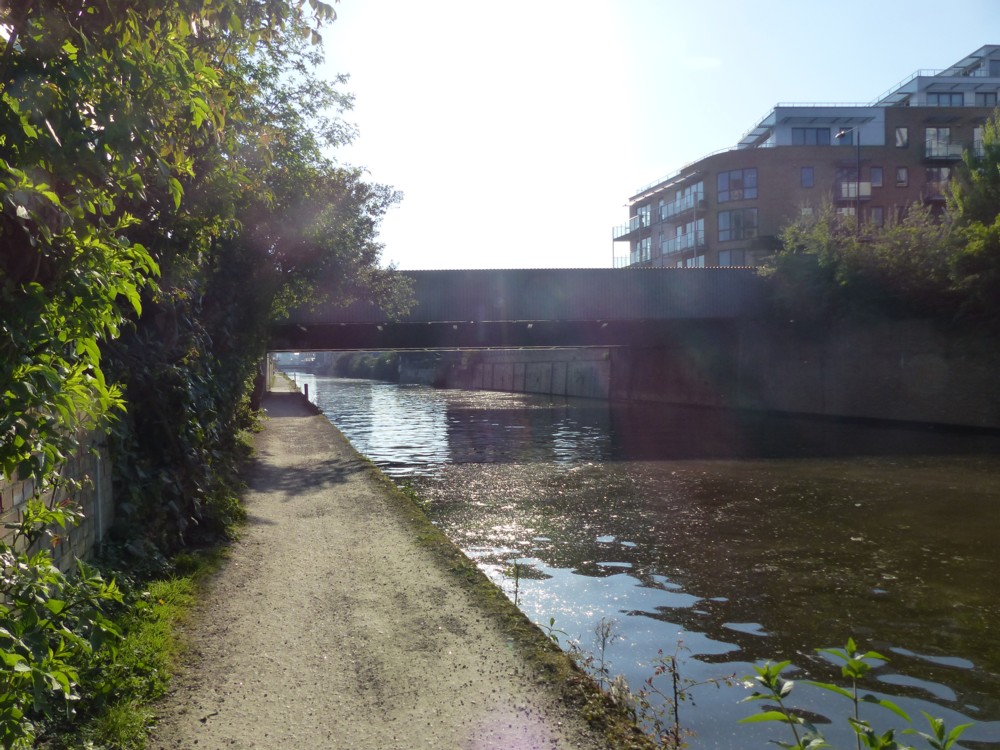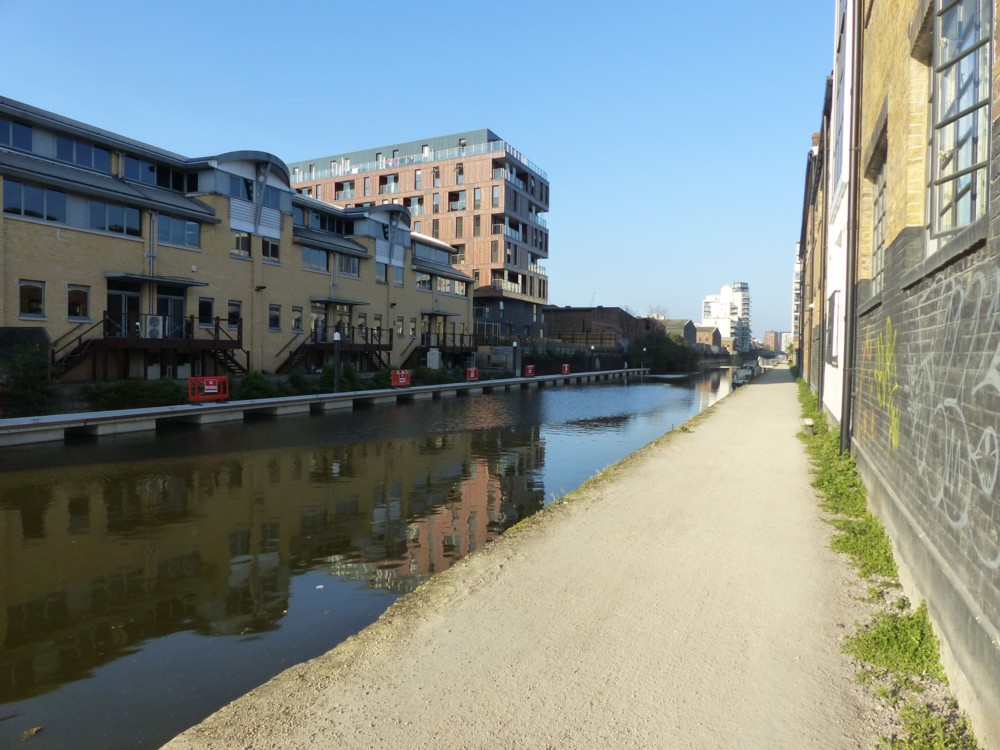Yesterday I attended a Royal Opera House Covent Garden dress rehearsal, of Puccini’s Turandot. Never having seen Turandot on stage before, I learned a lot. The singing was pretty good, especially the choral singing, but maybe I say “especially” about that because I generally prefer choral singing to “operatic” solo singing. The staging looked appropriately splendid and exotic.
But the best fun of all was, afterwards, finding this bizarre piece of writing by Michael Tanner, for the Spectator. What is bizarre is that Tanner disapproves of the characters and he disapproves of the “happy ending” at the end of Turandot, like some myopic Victorian moralist objecting to King Lear because of what sort of people they are and because of what happens at the end of that.
Turandot is obviously a very wicked and tyrannical ice-queen type of a woman. But Calaf earns Tanner’s special condemnation. This is because Calaf, being from Asia in olden times rather than the Home Counties of England now, prefers conquest, sexual and political, to the love of a good woman. He is going to subjugate Turandot, sexually and politically, or die trying, and damn the consequences. But in Michael Tanner’s world tenors are not supposed to think and behave like that. Their job is to embody virtue, not watch while the slave girl who has been in love with Calaf throughout the opera is tortured and then commits suicide to spare herself more torture. After which Calaf carries right on with subjugating Turandot. But the fact that Calaf is not the sort of person whom Tanner would want marrying his sister is rather beside the point. Or to put the same point a quite other way, it is exactly the point. It isn’t just the setting of Turandot that is exotic. These are profoundly different sorts of people to those that Michael Tanner, or for that matter I, approve of.
This is like denouncing the Ring Cycle because Wotan is a god rather than a geography teacher, or because the dragons in the Ring Cycle do not behave like hedgehogs.
Calaf was also criticised by Tanner for standing still and just singing, instead of doing lots of “acting” in the modern style. But Calaf’s whole character is that of a would-be ultra-masculine tyrant. And tyrants instinctively exude power and strength, for instance by standing still in a very masculine chest-out pose, and singing very sonorously, rather than by doing lots of fidgety acting. It is their underlings and victims who do all the acting, by re-acting to people like Calaf.
However, it often happens that critics who denounce works of art in rather ridiculous ways nevertheless understand them very well, and often a lot better than the people who say that they like them. They absolutely get what the artist was doing. It’s just that they don’t happen to like it. I recommend Tanner’s piece as a way of understand how very different Calaf and Turandot are from their equivalents in, say, La Boheme.

